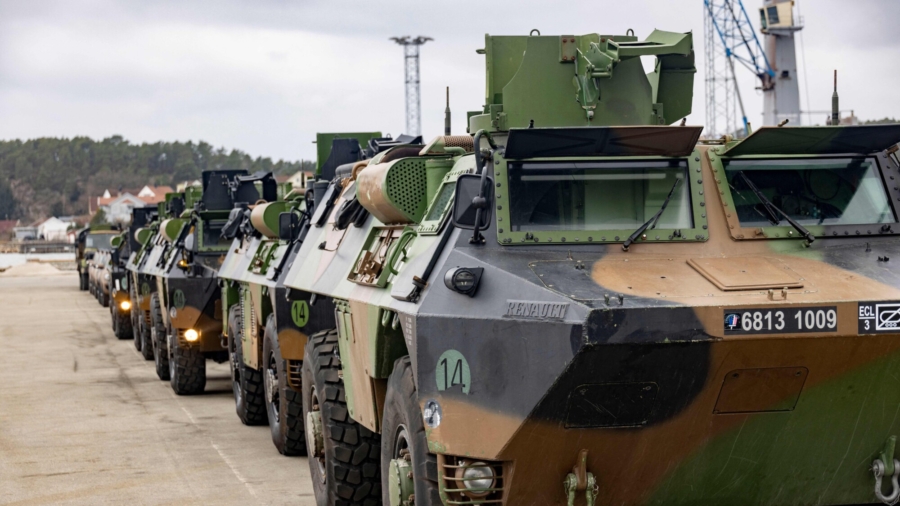NATO’s leadership on June 27 announced the bloc would drastically increase its high-readiness force in the midst of the Russia–Ukraine conflict.
Secretary-General Jens Stoltenberg said the military alliance was aiming to increase the force numbers to more than 300,000 in what he termed the “biggest overhaul of collective defense and deterrence since the Cold War.”
“Russia has walked away from the partnership and the dialogue that NATO has tried to establish with Russia for many years,” Stoltenberg said in Brussels ahead of a summit this week in Spain. “They have chosen confrontation instead of dialogue. We regret that … but of course, then we need to respond to that reality.”
Stoltenberg said the NATO Response Force already has some 40,000 troops on high readiness.
“We will transform the NATO Response Force and increase the number of our high readiness forces to well over 300,000,” he said. The announcement reflects a 650 percent increase in troop numbers on the continent.
Earlier this year, NATO announced it would deploy more fast-response units to Eastern Europe and Baltic states after Russia began its invasion of Ukraine on Feb. 24.
“These troops will exercise together with home defense forces, and they will become familiar with local terrain facilities … so that they can respond smoothly and swiftly to any emergency,” Stoltenberg said.
Tensions between Russia and the Baltic states have escalated in recent days after Lithuania said it would block certain products and technology from reaching the Russian exclave of Kaliningrad, which borders Lithuania and Poland. Lithuanian officials said it’s enforcing a blockade on behalf of the European Union, of which it’s a member.
Lithuanian President Gitanas Nauseda told Politico on June 24 that the new tension “leaves us no time for reaction” because Russian troops “might be easily deployed very near to our border.”
Alongside a focus on Russia, Stoltenberg said NATO’s updated Strategic Concept would address China for the first time “and the challenges that Beijing poses to our security, interests, and values.”
“It will also cover our evolving approach to a number of other threats and challenges, including terrorism, cyber and hybrid,” he said.
The Kremlin hasn’t yet issued a response to Stoltenberg’s announcement. Previously, Russian officials accused NATO of pursuing a strategy of eastward expansion to place pressure on Moscow, while accusing the military alliance of expanding inside Ukraine.
Reuters contributed to this report.
From The Epoch Times

